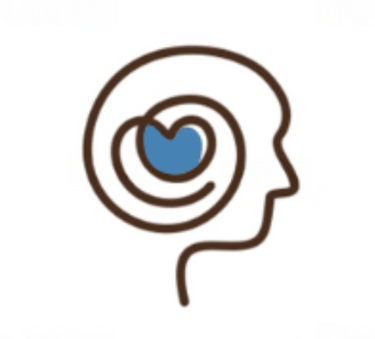Is it Lovely, All Alone?
"Isn't it lovely, all alone?" This poignant line from Billie Eilish and Khalid’s song "Lovely" resonates deeply, capturing the delicate balance between the refreshing solitude we sometimes crave and the harmful isolation we often endure.


“Isn't it Lovely, All Alone?” This line is from the song “Lovely” by Billie Eilish and Khalid, one of Billie’s most recognized tracks—and for good reason. Whenever this song plays, whether on your favorite playlist or the radio, it’s bound to pull at your heartstrings. Sometimes, being alone can be a wonderful thing. Taking a break from everything and everyone for a relatively short time can be just what someone needs when dealing with social anxiety, cooling off from a taxing situation, or simply taking a day to relax after a long week of school. Spending some time alone can be positive; however, too much time spent in isolation can lead to negative consequences—consequences that I can confidently say we have all experienced at some point. (A classic #flashbulbmemory for our AP Psychology readers!)
Physical Isolation: We've All Been There...
Everyone in the world experienced long-term isolation due to the COVID-19 pandemic, enduring both its positive and negative effects. Unless we face another pandemic (knock on wood), we shouldn't experience the type of isolation that so many faced for over a year. That said, we still encounter forms of isolation that can affect our mental health, especially during winter, spring, and summer breaks. School may be stressful and boring for some, but it provides daily opportunities for youth to socialize with others. Unless we have unlimited cash and easy access to transportation during breaks, there will inevitably be times when we may lack physical connections with friends. We all know what physical isolation feels like, so it’s crucial to recognize when we’ve been alone for too long and to seek some form of social contact, whether through phone calls, text messages, FaceTime, or even hangouts if you can arrange a ride. For those without transportation or in circumstances that keep them isolated, using online methods for social connection and talking to family is vital for maintaining mental well-being.
Up Next: Social Isolation
While physical isolation is often the first type that comes to mind when thinking of being apart from social connections, another important form of isolation that many teens experience is social isolation. Let’s start with the basics: What is social isolation? According to Dr. Bell Washington, an American Psychiatric Association delegate with a private practice in North Carolina, social isolation refers to a lack of association with others. The key difference between physical and social isolation is that physical isolation is often involuntary, whereas social isolation can stem from your emotional availability and the authenticity of your relationships. You may interact with classmates or coworkers, but if those relationships aren’t genuine or if you don’t view them as friends, it can lead to feelings of social isolation.
Social Isolation: Causes and Effects
While short-term isolation can be beneficial and even necessary for refreshing and organizing your thoughts, prolonged social isolation can be immensely unhealthy.
Some common causes of social isolation include:
Loss of loved ones.
Mental health Issues (Anxiety, Depression, Low Self-Esteem).
Intimate partner violence.
Social media.
Physical Isolation.
These negative effects of social isolation are likely familiar to you, and you may have experienced some of these symptoms over the past four years. Feeling alone and isolated for extended periods can lead to:
Physical Symptoms: headaches, sleep problems, low energy,
Mental Health Conditions: depression, anxiety, paranoia, panic attacks.
Suicidal Ideation/ Feelings of worthlessness and helplessness.
The Dynamics Between Isolation and Loneliness
It’s also important to distinguish between isolation and loneliness, as these two concepts are not necessarily related. According to Missouri Medicine, loneliness is defined as “an unpleasant emotional response to perceived isolation.” While loneliness is often the emotional response people associate with isolation, this may not always be the case in instances of social isolation. Someone can be socially isolated but not feel lonely, and conversely, someone can feel lonely even when surrounded by loved ones. While isolation and loneliness are linked, confusing the two can generalize the experiences of those who may feel differently.
Physical and social isolation are aspects of our lives that many of us want to put behind us after the pandemic. After nearly two years of physical isolation, the rush to socialize was a common reaction to being able to gather with others again, but this rush negatively impacted some people's ability to form social connections and diminished their social skills. Taking time for oneself is important; everyone needs a break once in a while, and prioritizing that time is essential. However, it’s equally important to maintain social connections with others. Finding a balance between isolating yourself and spending time with others can lead to optimal results. So yes, Billie, it is lovely to be all alone, but it’s equally important to have company at times, too.
Resources:
https://publichealth.tulane.edu/blog/effects-of-social-isolation-on-mental-health/
